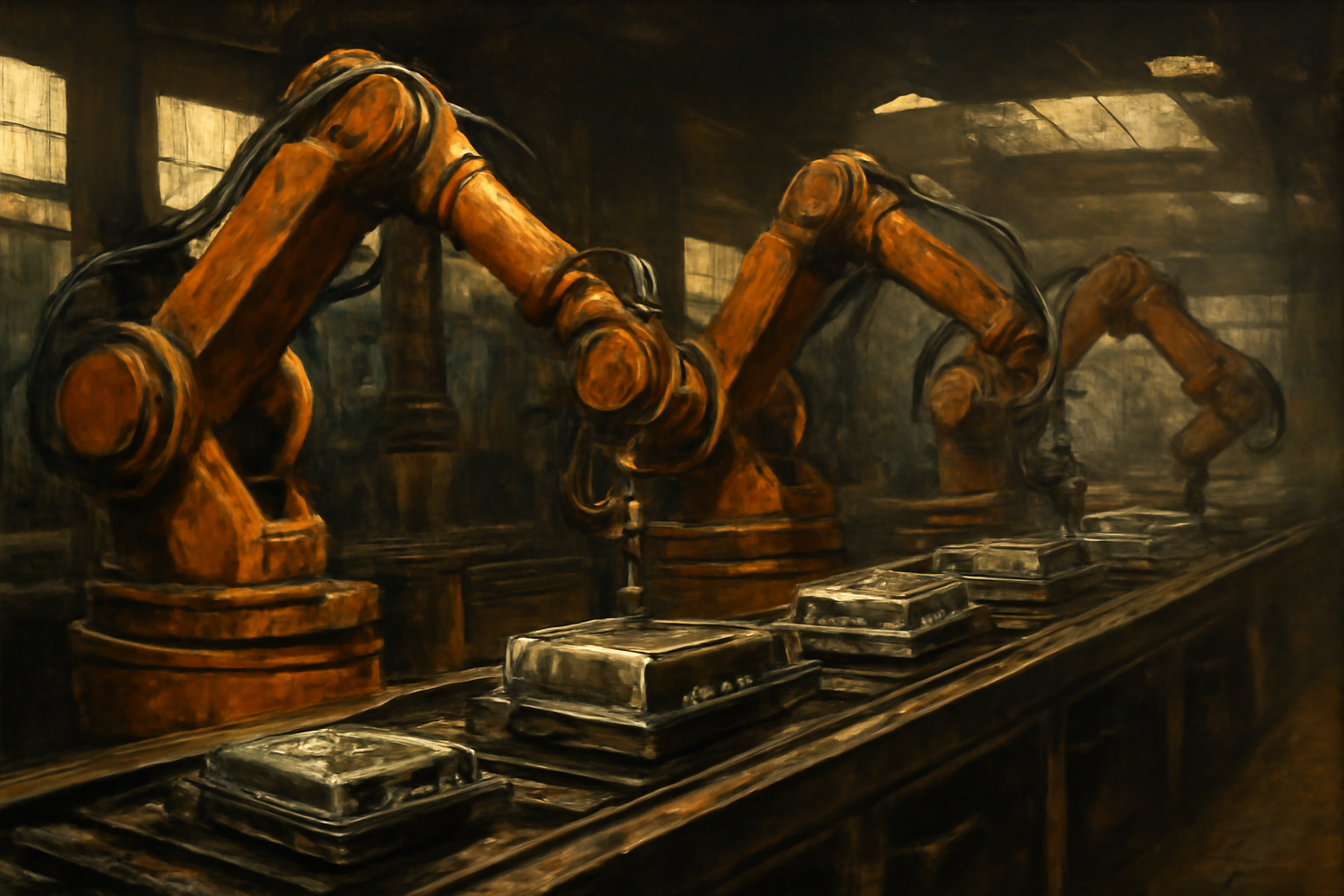
Leasing solutions can significantly optimize manufacturing efficiency by reducing upfront capital expenditure, ensuring access to state-of-the-art equipment, and providing flexibility to adapt to changing production needs.
Capital Conservation: Leasing allows manufacturers to preserve cash flow and liquid capital that would otherwise be tied up in purchasing machinery. This enables companies to allocate resources to other critical areas such as R&D, workforce training, or expansion projects.
Access to Advanced Technology: Through leasing, manufacturers can access the latest production technologies and equipment without the large initial investment. This helps in maintaining a competitive edge as companies can quickly upgrade to more efficient, productive, and cost-effective machinery.
Scalability and Flexibility: Leasing solutions offer the flexibility to scale up or down based on the current production demands. As manufacturing needs change, companies can easily adjust their leased equipment according to new product lines or shifts in the market demand, without the burden of selling or disposing of owned machinery.
Operational Risk Reduction: Leasing transfers some ownership risks to the lessor, such as depreciation, obsolescence, and maintenance. Many leasing contracts include clauses for equipment maintenance, providing manufacturers with operational reliability and reducing downtime.
Tax Benefits: Lease payments can often be deducted as business expenses, reducing taxable income. This can lead to significant cost savings over time, further enhancing the financial efficiency of operations.
Improved Budgeting: Predictable lease payments assist in more accurate financial planning and budgeting. This is crucial for maintaining steady operations without unexpected capital outlays that can disrupt cash flow.
By leveraging leasing solutions, manufacturers can not only improve operational efficiency and flexibility but also strategically manage their financial and operational risks.